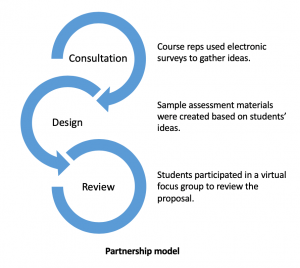Hilary Harris, Maria Danos, Natthapoj Vincent Trakulphadetkrai, Stephanie Sharp, Cathy Tissot, Anna Tsakalaki, Rowena Kasprowicz – Institute of Education
Overview
The Institute of Education’s (IoE) T&L Group on Assessment Literacy worked collaboratively with 300+ students to ascertain the clarity level of assessment criteria used in all programmes across the IoE. The findings were used to develop a report containing key findings and recommendations, which were then shared with programme directors. The findings also fed into the development of a Glossary of Common Assessment Terms to help develop students’ assessment literacy. SDTLs and DDTLs of almost all UoR Schools and the Academic Director of the UoR Malaysia campus have now either had one-to-one meetings with us or contacted us to explore how our group’s work could be adopted and adapted in their own setting.
Objectives
The aims of the activity were to:
- Develop students’ assessment literacy, specifically in terms of their understanding of assessment criteria which are used in marking rubrics
- Engage students in reviewing the clarity of assessment criteria and terms used in marking rubrics
- Engage programme directors in reflecting on the construction of their marking rubrics
- Develop an IoE-wide glossary of common assessment terms
Context
The IoE has set up T&L Groups to enhance different aspects of our teaching and learning practices as part of the peer review process. The T&L Group on Assessment Literacy has been meeting since 2017, and is made up of seven academics from a wide range of undergraduate and postgraduate programmes.
As marking rubrics are now used for all summative assessments at the IoE (and to some extent across the University), ensuring that students have a good understanding of the embedded assessment terms matters as the criteria inform students of what is expected of them for a particular assessment. Moreover, the marking rubrics can also be used by students to develop their draft work before submission.
Implementation
The Group asked 300+ students across all the IoE programmes to indicate the clarity level of their programme’s assessment criteria by circling any terms on the marking rubric that they were confused by. The Group collated the information and created a summary table for each programme, ranking assessment terms according to how often the terms were highlighted by the students. Each group member then wrote a brief report for each programme with key findings and recommendations on alternative assessment terms that are clearer (e.g. to replace ‘recapitulation’ with ‘summary’; ‘perceptive’ with ‘insightful’, etc.). In some other cases where the use of specific terminology is essential (e.g. scholarship or ethics), the Group’s advice is for module convenors to spend some time within classroom to explain such terms to students and refer students to the assessment glossary for further support and examples. Both the Report and the Glossary were disseminated to programme directors and their teams, who were then able to use the evidence in the report to reflect on their programme’s assessment criteria and consider with their team any changes that they would like to make that would make the marking rubric more accessible and easier to understand by the students.
Impact
At the IoE, the work has already made an impact in that programme directors have reflected on their assessment criteria alongside their teams and have acted on the Group’s recommendations (e.g. replacing problematic terms in their marking rubrics with terms that are easier to understand by students.) The Glossary has been used by IoE programme directors and module convenors when introducing the assessment and their marking rubrics. The Glossary has also been uploaded onto Blackboard for students to consult independently. The feedback from students on the Glossary has also been very positive. For example, one student commented that “The definitions were useful and the examples provided were even more helpful for clarifying exactly what the terms mean. The glossary is laid out in a clear and easy to follow way for each key term”.
Beyond the IoE, impact is being generated. Specifically, SDTLs and DDTLs of almost all UoR Schools and the Academic Director of the UoR Malaysia campus have now either had one-to-one meetings with us or contacted us to explore how our group’s work could be adopted and adapted in their own setting. The Group has been invited to give talks on its work at CQSD events and the School of Law’s T&L seminar. The Group is also currently working with academic colleagues at other universities (nationally and internationally) to replicate this Group’s work and generate impact beyond the UoR.
Reflections
The activity was very successful as:
- The Group had a clear focus of what it wanted to achieve
- The Group was given time to carry out its work
- There was strong leadership of the team, with each member being allocated specific contributions to the project
The process of involving students in reviewing terms on marking rubrics has empowered them to treat the documents critically and start a conversation with their lecturers about the purpose of marking rubrics, as well as being involved in as partners in making the marking rubric work for them.
There were some challenges that needed to be overcome/ ideas for improving the project:
- When presented to colleagues at the Staff Day, some members of staff expressed the view that ‘tricky’ terms should be retained as developing an understanding of these terms is part of the transition to HE study. This was recognised in our report which suggests that technical terms (e.g. methodology) could be retained provided that they are explained to students.
Follow up
The Group plans to spend the 2019/2020 academic year generating and capturing the impact of its work across and beyond the UoR.
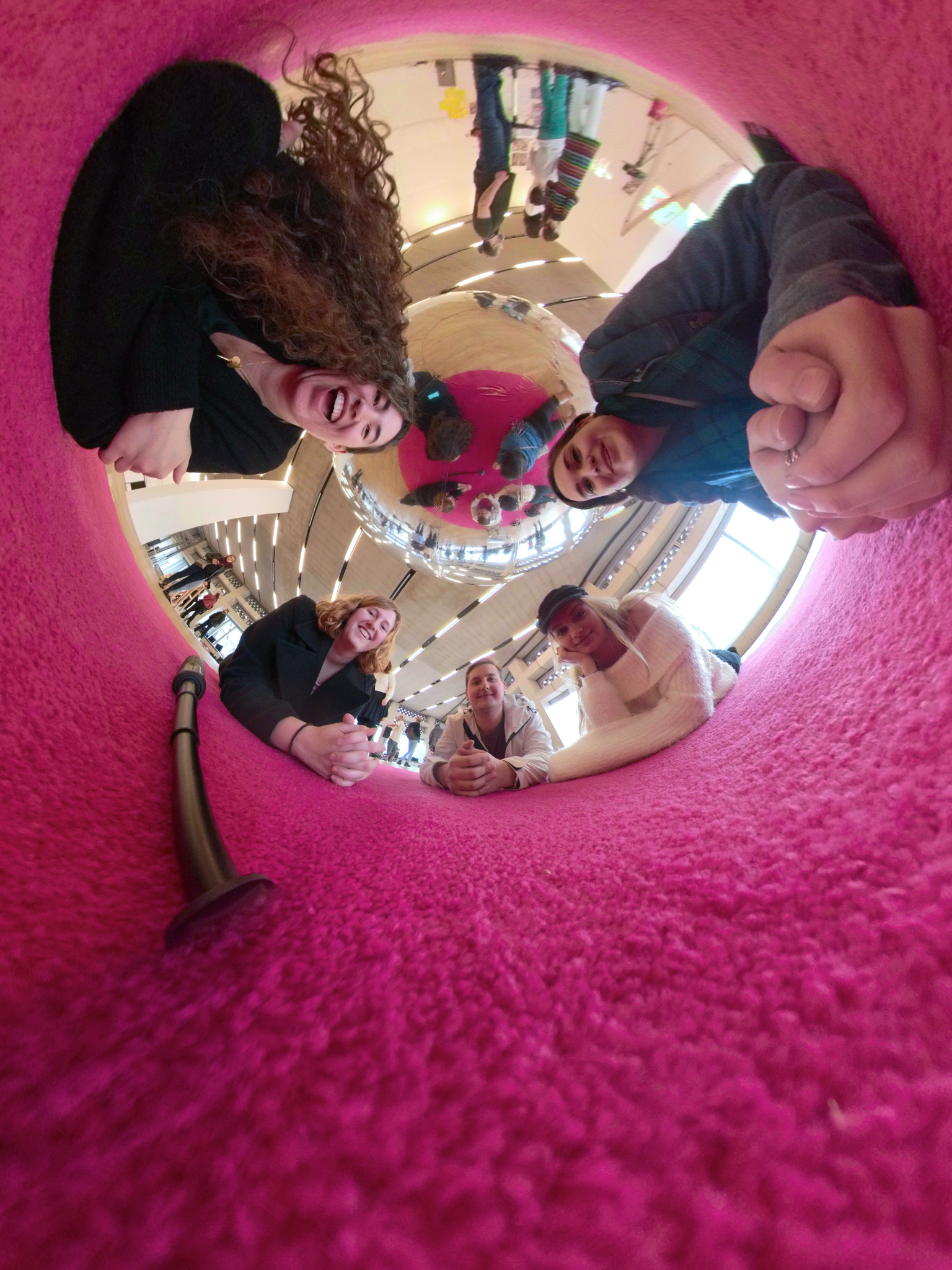

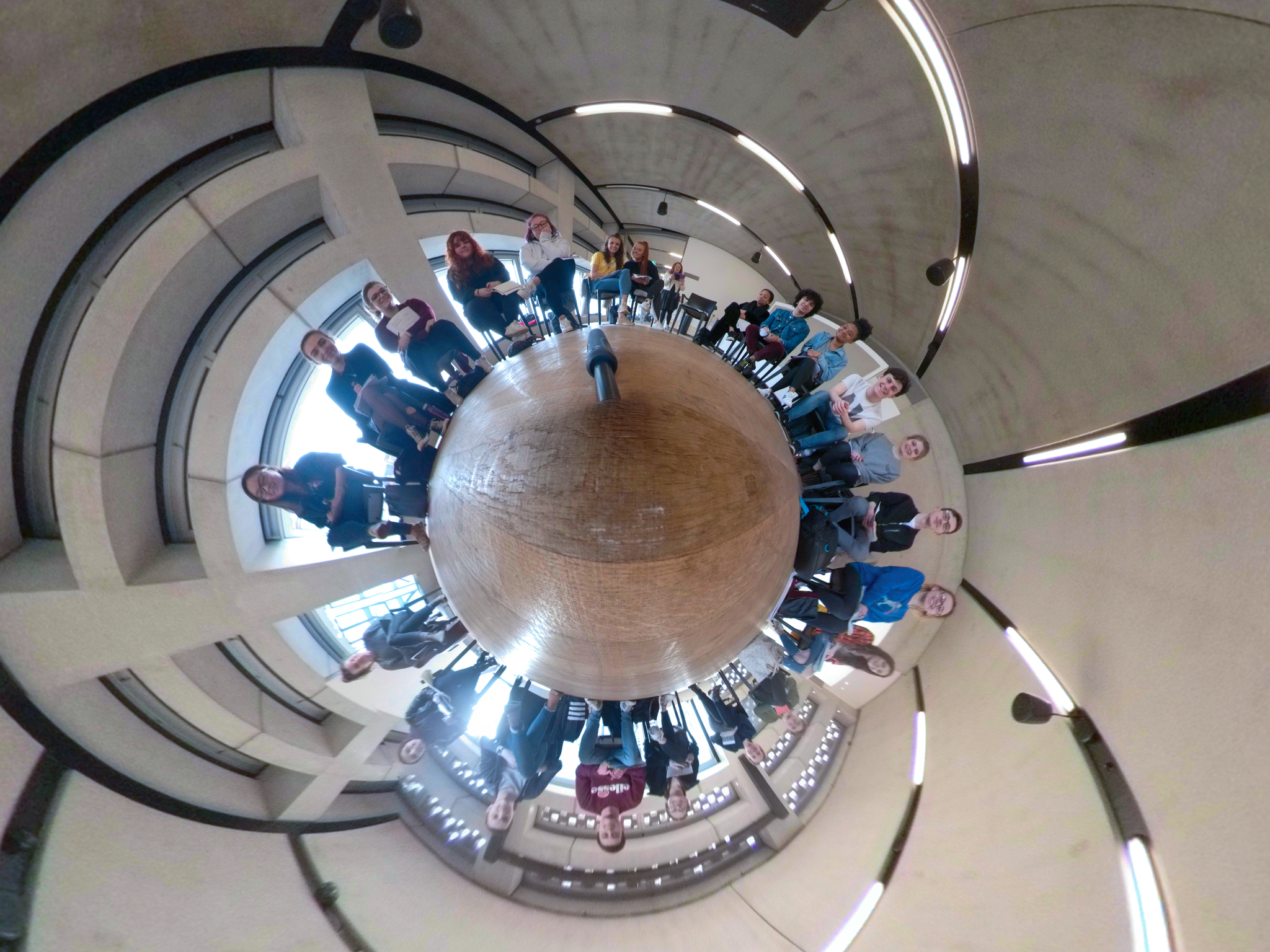
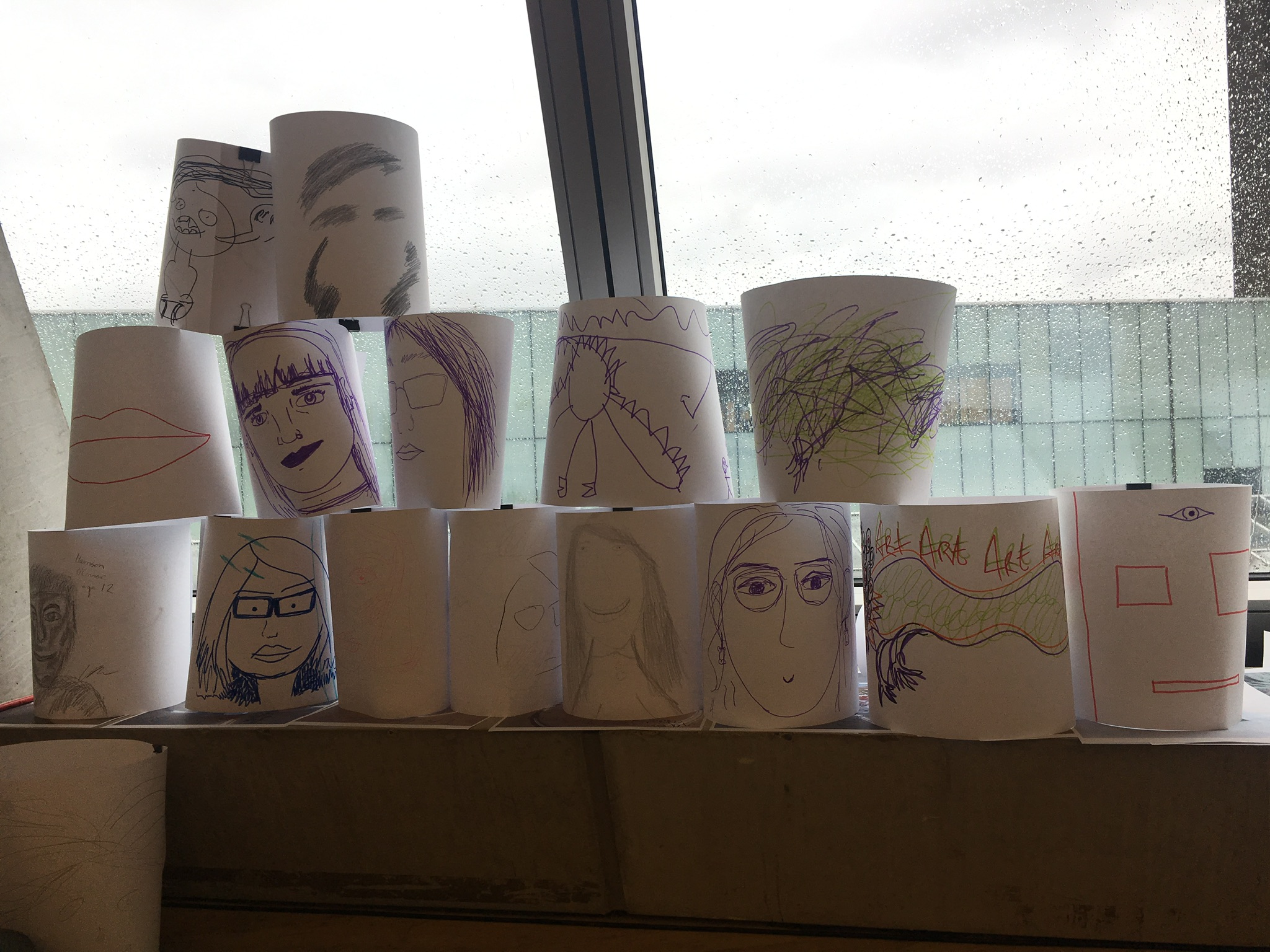
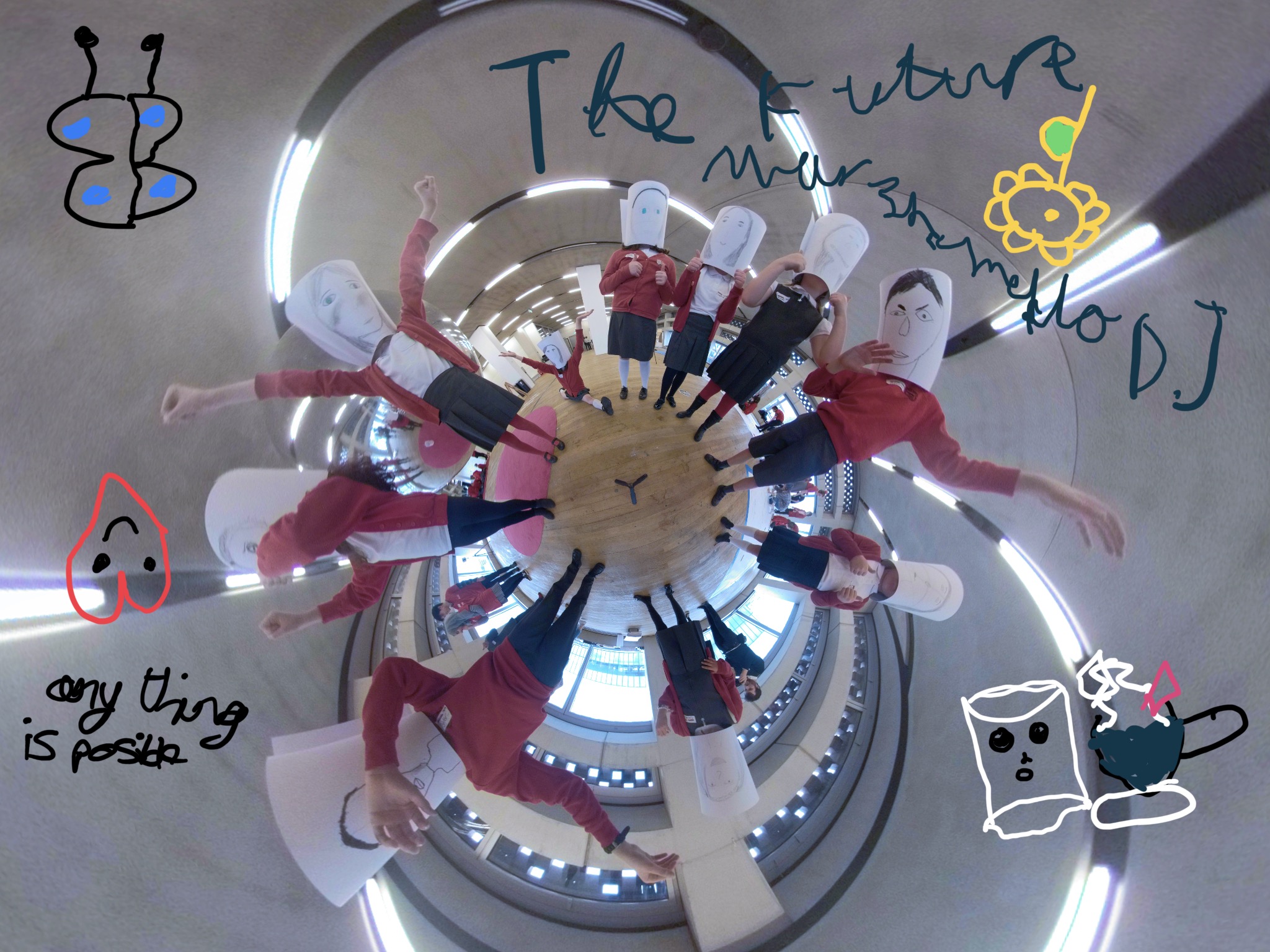
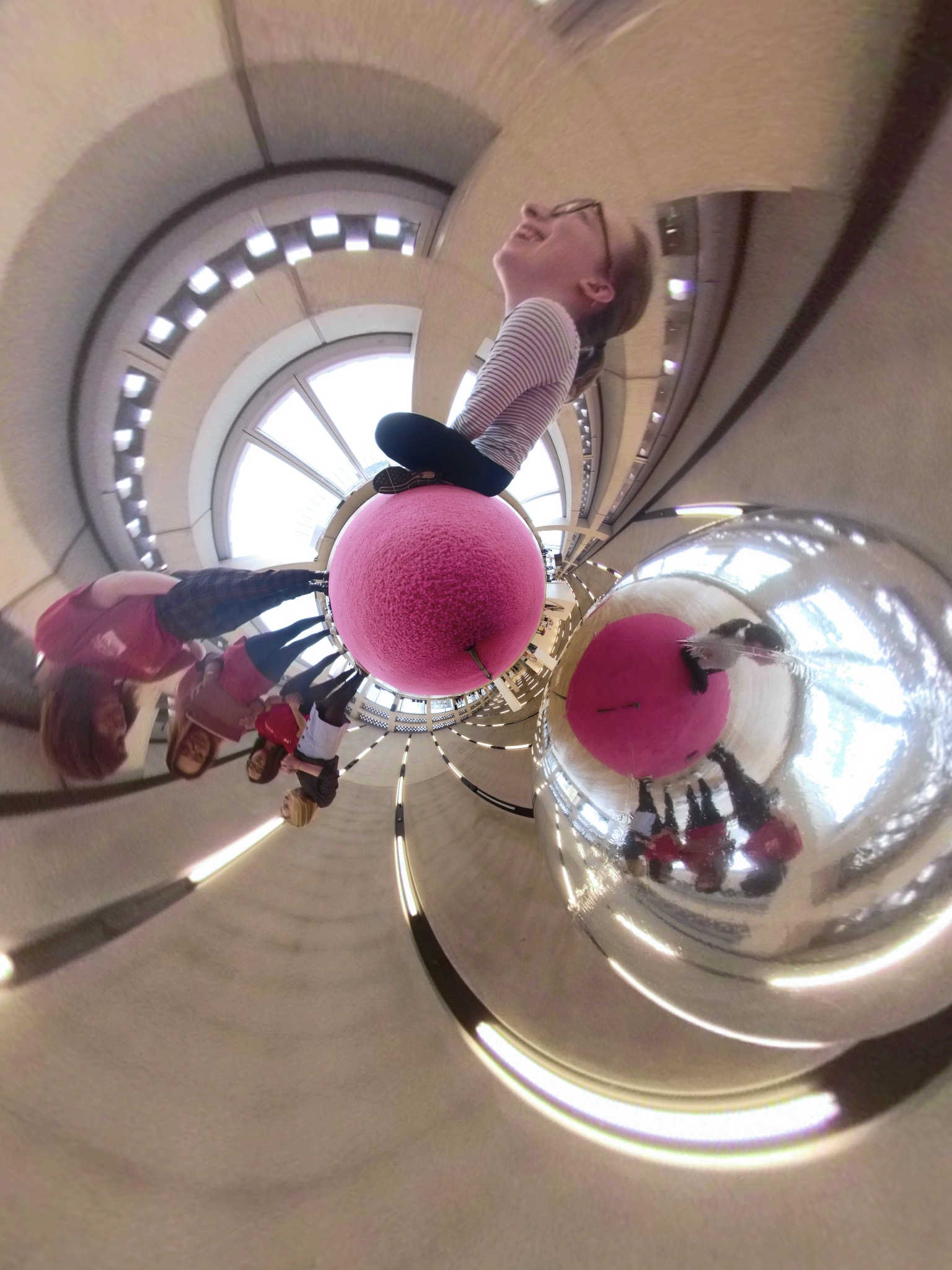


 Student Minds is the UK’s Student Mental Health Charity, and was RUSU’s charity of the year for 2018/19. Student Mind’s aspiration is to ensure students have the skills, knowledge and confidence to talk about their own mental health and look out for their peers. To this end they provide research-driven training and supervision to university staff to enable students to be equipped to bring about positive change on their campuses through peer support.
Student Minds is the UK’s Student Mental Health Charity, and was RUSU’s charity of the year for 2018/19. Student Mind’s aspiration is to ensure students have the skills, knowledge and confidence to talk about their own mental health and look out for their peers. To this end they provide research-driven training and supervision to university staff to enable students to be equipped to bring about positive change on their campuses through peer support.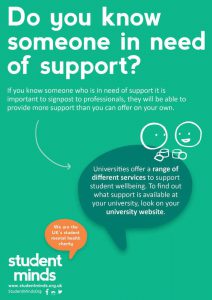 The objectives are:
The objectives are:

